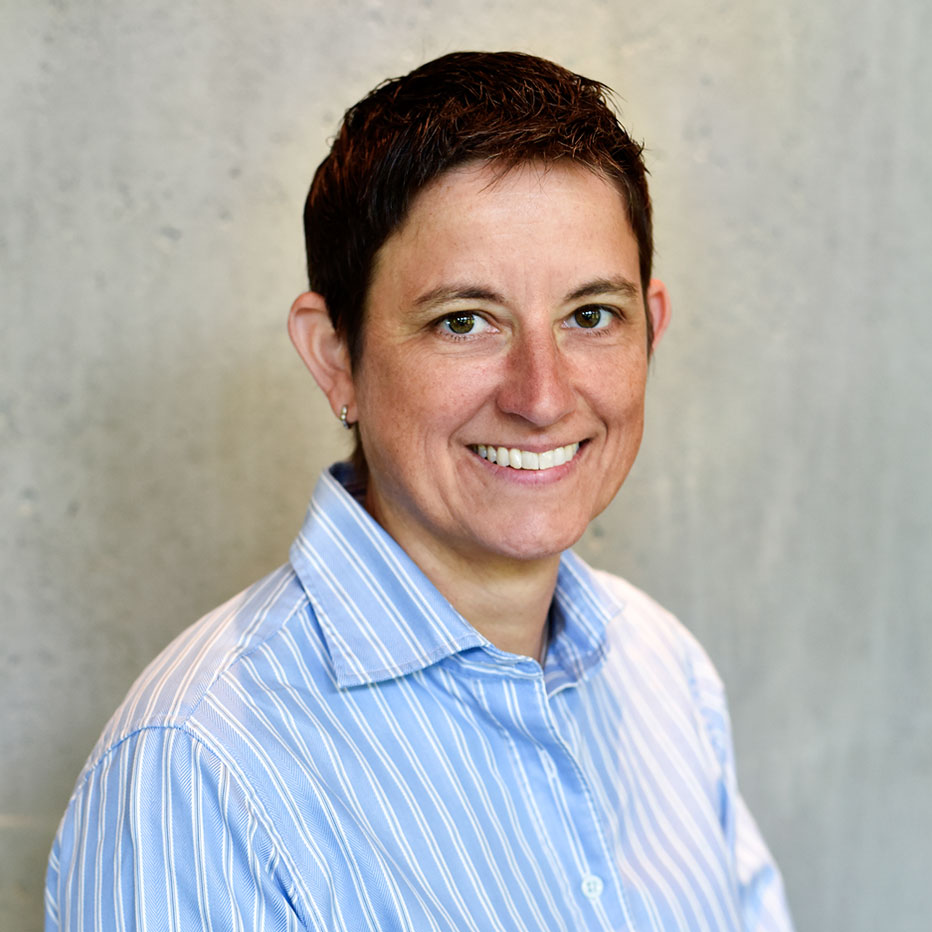Hint: Square pegs don’t fit into round holes.
When it comes to WordPress websites, it seems there are countless web designers out there who use a process that goes something like this (we know it well from having done it ourselves in the early days of our careers):
- Sign up a client for a “custom” website.
- Spend hours scouring the internet picking a theme that looks nice and that just might fit that client’s content, at least to some degree, trying to avoid analysis paralysis with the overwhelming options.
- Start putting content into whatever theme is ultimately chosen
- Try to customize said theme, add a bunch of plugins to help
- When theme isn’t working, start over with second choice, change plugin set to accommodate
- Finally, just go with something and start modifying code to make it work because you don’t have time to go back to step 2 yet again.
Result: Something that is pieced together with a modified theme (or best case a child theme) and a long list of plugins (code bloat), all of which work together when the site launches, but are highly unlikely to stand the test of time.
This scenario is all too common. We inherit websites all the time that are broken or hanging on by a thread – and we are faced with the task of how to migrate messy content from these old sites as we build a clean and solid site that is much more sustainable going forward.
A better way to approach building a website is to allow content and message to dictate the site’s design and function. We believe that a delightful user experience will always produce better results. Therefore, we always start with the main message and calls to action when we approach a new project.
Design should be based on content and user needs, and it should also accurately reflect the brand and identity of the organization. This is how a business connects with real people in its target customer base, and it won’t likely happen with a canned theme.
We’ve found this process is a much more successful approach:
- Ask the right questions and do good research to determine key messages, brand strategy, and target audience
- Create a design around the answers we arrive at in step 1
- Turn that design into a fully custom website that provides an optimal user experience (UX) for both end users and those administering site content
- Become long term partners with our clients to ensure their site remains up to date and grows with them over time
A website with effective design, clean code, and the ability to scale doesn’t come in a box. Our jobs would be really boring if it did.

